A Guide to Hyperthermia Cancer Treatment in Mexico
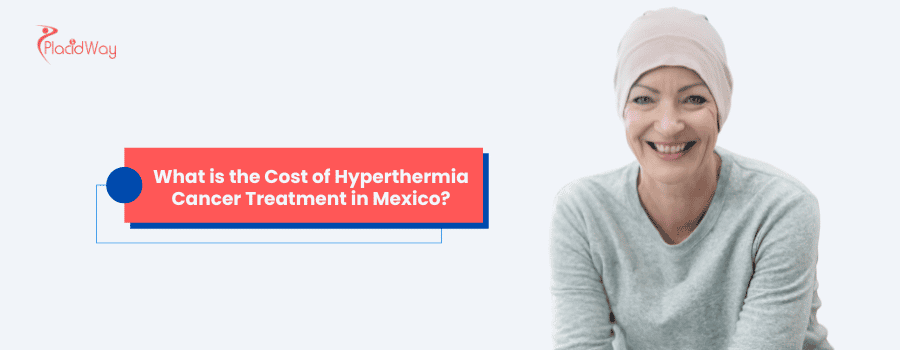
Hyperthermia cancer treatment in Mexico is a therapeutic approach that involves heating body tissues to temperatures as high as 113°F (45°C) to damage and kill cancer cells. This treatment is often used in conjunction with other therapies like chemotherapy and radiation, as heat can make cancer cells more susceptible to these traditional treatments. Mexico has become a notable destination for hyperthermia therapy, with various clinics offering this option, often as part of an integrative oncology approach that combines conventional and alternative treatments. Patients are drawn to Mexico for potentially lower costs and access to therapies that may not be widely available or approved in their home countries.
This blog post aims to answer the most pressing questions people have about hyperthermia cancer treatment in Mexico, providing clear and detailed information to help you understand this therapy option better.
What is the Cost of Hyperthermia Cancer Treatment in Mexico?
"The cost of hyperthermia cancer treatment in Mexico can range significantly, typically from $5,000 to $15,000 or more per cycle or as part of a broader treatment package, depending on the clinic, the type of hyperthermia, and the overall treatment plan."
Compared to countries like the United States, the cost of hyperthermia cancer treatment in Mexico can be substantially lower. However, prices vary widely. A single session of local hyperthermia might be a few hundred to a couple of thousand dollars, while a comprehensive three-week program that includes multiple hyperthermia sessions along with other therapies could range from $18,000 to $30,000 or more. It's crucial to get a detailed breakdown of costs from any clinic, including what is covered in the price (e.g., consultations, specific treatments, accommodation, supportive care).
What is Hyperthermia Cancer Treatment?
"Hyperthermia cancer treatment is a medical therapy that uses heat to destroy or weaken cancer cells, or to make them more sensitive to other treatments like radiation therapy and chemotherapy."
The principle behind hyperthermia is that cancer cells are more sensitive to heat than normal, healthy cells. When exposed to elevated temperatures, cancer cells can experience protein damage, disruption of DNA repair mechanisms, and increased blood flow, which can paradoxically make them more vulnerable to a_dministered chemotherapy drugs. Normal cells are typically better able to withstand and recover from these temporary temperature increases. Hyperthermia can be applied locally to a specific tumor, regionally to a larger body area, or as whole-body hyperthermia.
How Does Hyperthermia Work to Fight Cancer?
"Hyperthermia fights cancer by damaging cancer cell proteins and structures, inhibiting their repair mechanisms, increasing blood flow to the tumor (which can improve the delivery of chemotherapy), and stimulating an immune response against the cancer cells."
The heat generated during hyperthermia cancer treatment induces several changes within cancer cells. Firstly, it can denature proteins essential for cell survival and function. Secondly, it can impair the ability of cancer cells to repair DNA damage caused by other treatments like radiation or chemotherapy. This synergistic effect is a key reason why hyperthermia is often used as an adjunct therapy. Furthermore, increased blood flow can enhance the concentration of chemotherapy drugs within the tumor. Some evidence also suggests that hyperthermia can trigger an immune response, helping the body's own defense system to recognize and attack cancer cells.
What Types of Hyperthermia Treatments Are Available in Mexico?
"In Mexico, clinics may offer local hyperthermia (targeting a small area), regional hyperthermia (treating a larger body part like a limb or organ), or whole-body hyperthermia (raising the temperature of the entire body)."
The specific type of hyperthermia used depends on the cancer type, location, and stage, as well as the overall treatment plan.
- Local hyperthermia: This involves heating a very specific and localized tumor. Techniques can include using external applicators that deliver microwave, radiofrequency, or ultrasound energy to the tumor site. Interstitial techniques involve inserting probes directly into the tumor to deliver heat.
- Regional hyperthermia: This method heats a larger portion of the body, such as an entire limb, organ, or body cavity. Techniques like regional perfusion (isolating the blood supply to a region, heating it, and circulating it with chemotherapy drugs) fall under this category.
- Whole-body hyperthermia: This aims to raise the core body temperature. It is typically used for metastatic cancer that has spread to multiple parts of the body. This can be achieved using thermal chambers, hot water blankets, or infrared saunas.
Many Alternative Cancer clinics in Mexico offering integrative cancer therapy will determine the most appropriate hyperthermia approach based on individual patient needs.
What Are the Potential Benefits of Hyperthermia Cancer Treatment?
"The potential benefits of hyperthermia cancer treatment include enhancing the effectiveness of chemotherapy and radiation therapy, directly damaging or killing cancer cells, potentially shrinking tumors, and stimulating the immune system with often fewer side effects than traditional treatments alone."
One of the primary advantages of hyperthermia is its ability to work synergistically with other cancer treatments. By making cancer cells more sensitive to radiation and certain chemotherapy drugs, it can lead to better tumor control and potentially allow for lower, less toxic doses of these conventional therapies. For some patients, hyperthermia can offer a non-invasive way to target tumors, and when successful, can contribute to pain relief and an improved quality of life. The immune-stimulating effects are also a significant area of interest and ongoing research.
Is Hyperthermia Treatment for Cancer Effective?
"The effectiveness of hyperthermia cancer treatment can vary depending on the type and stage of cancer, the specific hyperthermia technique used, and whether it's combined with other therapies. Many studies show it can improve outcomes when used with radiation or chemotherapy for certain cancers."
While hyperthermia is a promising treatment modality, it's important to have realistic expectations. It is rarely used as a standalone treatment for cancer. Its strength lies in its ability to enhance conventional treatments. Clinical trials have demonstrated improved tumor response rates and survival in some cancers when hyperthermia is added to radiation therapy, particularly for recurrent breast cancer, melanoma, and advanced cervical cancer. For other cancers, research is ongoing. Patients considering hyperthermia cancer treatment in Mexico should discuss its potential efficacy for their specific situation with oncologists.
What Cancers is Hyperthermia Typically Used For in Mexico?
"Hyperthermia in Mexico may be used for a variety of cancers, often including breast, prostate, lung, head and neck, sarcomas, melanomas, and gynecological cancers, frequently as part of an integrative treatment plan."
Clinics in Mexico offering hyperthermia therapy often treat a broad spectrum of cancers. The decision to use hyperthermia is typically made on a case-by-case basis, considering the individual patient's diagnosis, previous treatments, and overall health. It's often considered for tumors that are accessible for local or regional heating, or in cases of widespread metastatic disease where whole-body hyperthermia might be an option. Because many Mexican clinics focus on alternative cancer treatments Mexico or integrative cancer therapy Mexico, hyperthermia is often one component of a multi-faceted approach.
How is Hyperthermia Combined with Other Cancer Treatments in Mexico?
"In Mexico, hyperthermia is commonly combined with low-dose chemotherapy, radiation therapy, immunotherapy, and various nutritional or detoxification therapies as part of an integrative cancer treatment strategy."
A hallmark of many cancer treatment centers in Mexico is their integrative approach. Hyperthermia is often a key component of these protocols. It might be administered shortly before or after radiation therapy sessions to maximize radiosensitization. Similarly, it can be timed with chemotherapy administration to enhance drug uptake in tumor cells. Beyond these conventional pairings, Mexican clinics may also combine hyperthermia with treatments like IV vitamin C, ozone therapy, dendritic cell vaccines, or specific dietary protocols, aiming to attack the cancer from multiple angles and support the patient's overall well-being.
Are There Risks or Side Effects Associated with Hyperthermia Treatment?
"Yes, hyperthermia treatment can have side effects, though they are generally mild. Local hyperthermia may cause pain, blisters, or burns at the treatment site. Whole-body hyperthermia can cause fatigue, nausea, vomiting, diarrhea, and, rarely, more serious issues like cardiac stress."
While hyperthermia is often well-tolerated, it's not without potential side effects. For local or regional hyperthermia, skin discomfort, redness, swelling, or minor burns are the most common issues, and these are usually temporary. Careful temperature monitoring during the procedure helps minimize these risks. Whole-body hyperthermia is more demanding on the body. Patients might experience:
- Fatigue and weakness
- Nausea and vomiting
- Diarrhea
- Temporary drops in blood pressure More serious but rarer complications can include thermal injury to tissues, blood clots, and effects on the cardiovascular system. Medical teams at reputable clinics in Mexico closely monitor patients during and after hyperthermia to manage any side effects.
How Do I Prepare for Hyperthermia Treatment in Mexico?
"Preparation for hyperthermia treatment in Mexico usually involves a thorough medical evaluation, including review of medical records and possibly new tests. Clinics may also recommend dietary changes, hydration protocols, and certain supplements to optimize the body for treatment."
Before undergoing hyperthermia cancer treatment in Mexico, patients will typically have an extensive consultation. This includes a review of their cancer diagnosis, previous treatments, and overall health status. New blood tests, imaging scans, or other diagnostic procedures may be required. Specific preparation instructions can vary by clinic and the type of hyperthermia being administered. General recommendations often include:
- Hydration: Drinking plenty of fluids is usually advised.
- Nutrition: Some clinics advocate for specific diets to support the body and potentially enhance treatment efficacy.
- Medication review: Patients will need to discuss all current medications and supplements with the medical team.
- Avoiding certain substances: Alcohol and smoking are generally discouraged. For whole-body hyperthermia, there might be more intensive preparation, possibly including detoxification protocols.
What Can I Expect During a Hyperthermia Treatment Session?
"During a local or regional hyperthermia session, applicators will be placed on or near the body to deliver heat to the targeted area; you may feel a warming sensation. For whole-body hyperthermia, you will be in a special chamber or use heated blankets, and your core body temperature will be carefully raised and monitored."
For local hyperthermia, you'll likely lie down, and a device that emits energy (radiofrequency, microwave, or ultrasound) will be positioned over the tumor area. The treatment duration can range from 30 minutes to over an hour. Staff will monitor temperature and your comfort. For regional hyperthermia, the setup can be more complex, sometimes involving catheters if perfusion is used. For whole-body hyperthermia, you might be placed in a thermal chamber, covered with heated blankets, or immersed in warm water. Your core body temperature, heart rate, blood pressure, and other vital signs will be continuously monitored by medical staff. Sedation may sometimes be used for whole-body procedures to ensure comfort as the body temperature rises. Sessions can last for several hours, including the heating and cooling phases.
What is the Recovery Like After Hyperthermia Treatment?
"Recovery after hyperthermia is usually quick for local treatments, with possible temporary skin redness or sensitivity. After whole-body hyperthermia, patients may feel fatigued, similar to having a fever, for a day or two, and will be advised to rest and rehydrate."
Post-treatment experiences vary. After local hyperthermia, most individuals can resume normal activities relatively quickly. There might be some tenderness or mild swelling in the treated area, which typically resolves within a few days. Recovery from whole-body hyperthermia can take a bit longer. It's common to feel tired, weak, and perhaps a bit nauseous as the body temperature returns to normal and recovers from the induced fever state. Adequate rest, hydration, and following any specific post-treatment instructions from the clinic are important. The medical team will monitor for any adverse effects.
How Long is a Typical Hyperthermia Treatment Program in Mexico?
"A typical hyperthermia treatment program in Mexico can range from a few days to several weeks, often 3 to 6 weeks, depending on the individual's cancer type, stage, overall treatment protocol, and the clinic's approach."
The duration of a hyperthermia cancer treatment program in Mexico is highly individualized. Some patients may receive a few targeted sessions over a week or two. More commonly, especially within integrative cancer therapy Mexico programs, hyperthermia is part of a multi-week treatment plan. These comprehensive programs often last from three to six weeks and include multiple hyperthermia sessions interspersed with other therapies. The frequency of hyperthermia sessions (e.g., daily, a few times a week) will also depend on the specific protocol.
Are Mexican Hyperthermia Clinics Reputable and Safe?
"While many reputable and safe hyperthermia clinics operate in Mexico with experienced doctors and modern equipment, it's crucial for patients to thoroughly research clinics, verify credentials, and ask detailed questions about safety protocols and physician experience."
Mexico has a range of clinics offering hyperthermia therapy. Some are well-established, with experienced medical teams and good track records. However, the regulatory landscape can differ from other countries. Therefore, due diligence is essential. Patients should look for:
- Physician credentials and experience: Are the doctors specialized in oncology and experienced with hyperthermia?
- Clinic accreditation and licensing: While international accreditations might be less common, what local licenses and quality standards do they adhere to?
- Transparency: Does the clinic provide clear information about treatments, costs, and potential outcomes?
- Patient reviews and testimonials: While anecdotal, these can offer insights, but should be weighed carefully.
- Direct communication: Can you speak with the medical team before committing? Opting for well-known, established clinics with a history of treating international patients can increase the likelihood of receiving safe and professional care.
Are There Support Services for International Patients in Mexican Cancer Clinics?
"Yes, many Mexican cancer clinics that cater to international patients offer support services, which may include assistance with travel arrangements, accommodation, translation services, and sometimes nutritional counseling and emotional support."
Recognizing that many of their patients travel from abroad, numerous clinics in Mexico offering hyperthermia cancer treatment provide various support services. These can significantly ease the logistical and emotional burdens of seeking treatment in another country. Services may include:
- Travel coordination: Assistance with airport transfers and local transportation.
- Accommodation: Recommendations or partnerships with nearby hotels or apartments. Some clinics even offer on-site or nearby patient housing.
- Language services: Translators or bilingual staff to facilitate communication.
- Case managers: A dedicated contact person to help navigate the treatment process.
- Nutritional support: Dietary counseling and meals tailored to patient needs, especially in clinics with an integrative focus.
- Emotional and psychological support: Access to counselors or support groups. It's advisable to inquire specifically about these services when researching clinics.
Ready to explore your options for hyperthermia cancer treatment or other advanced healthcare services in Mexico? PlacidWay can help you connect with reputable medical providers and facilities. Discover personalized solutions tailored to your needs.


.png)
.png)

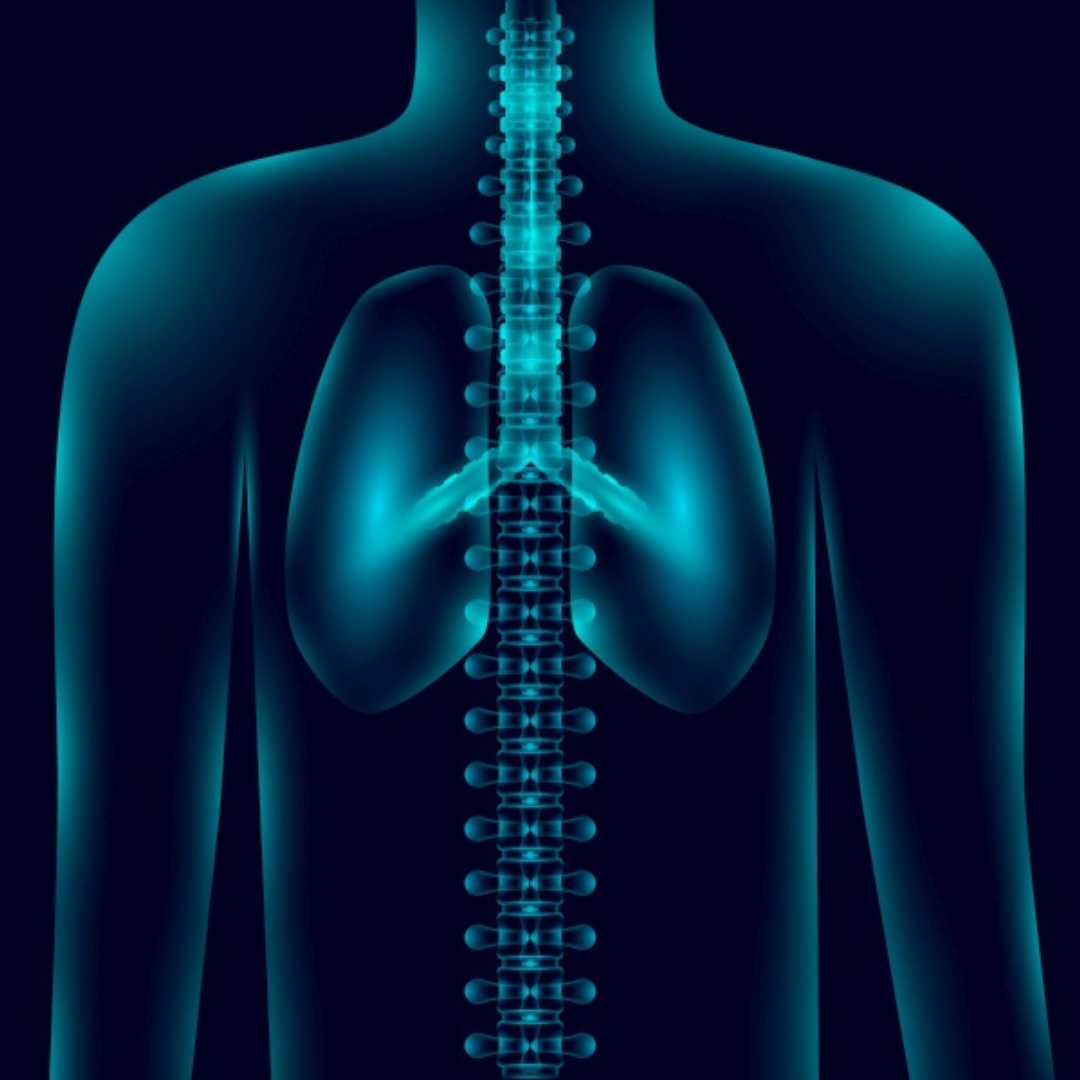




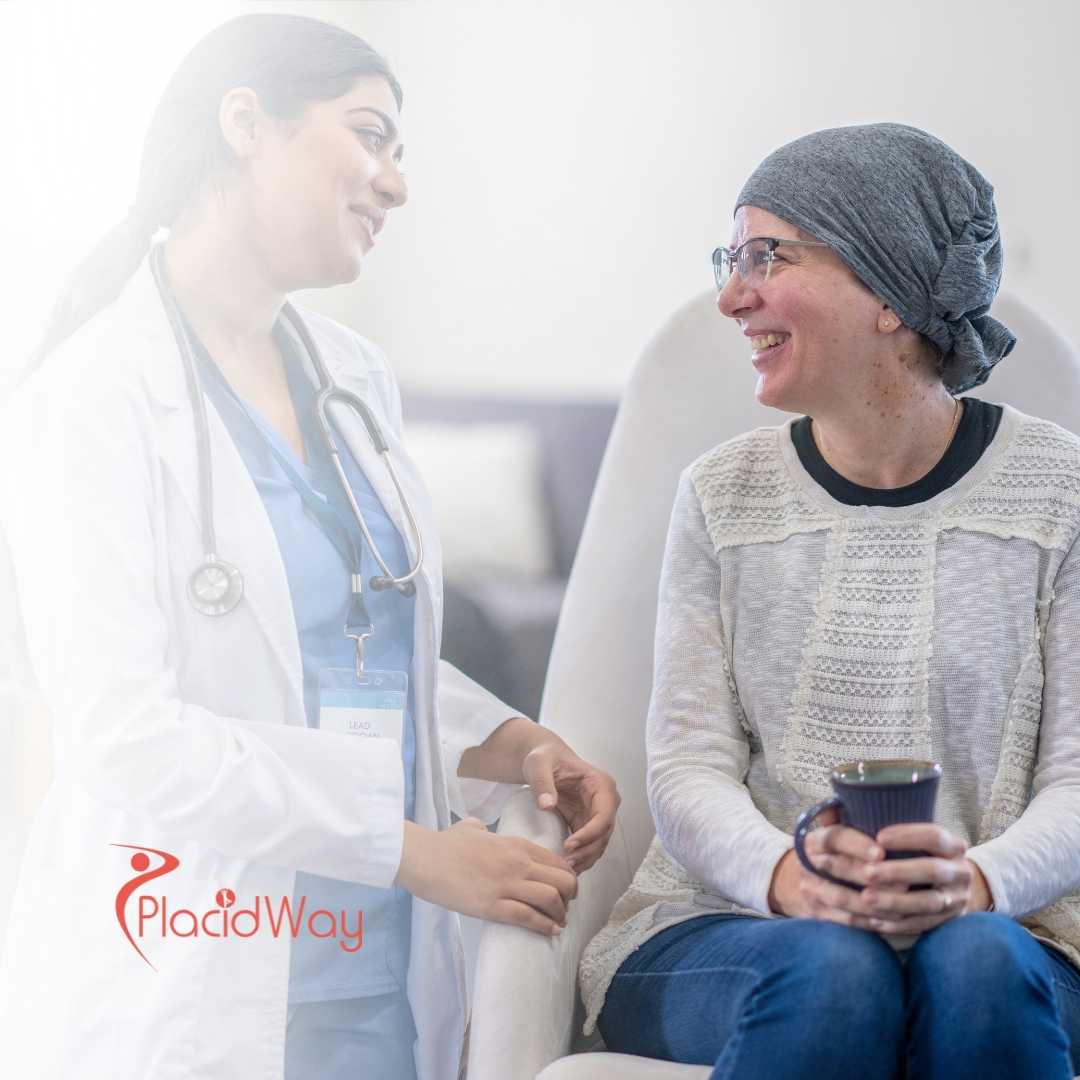
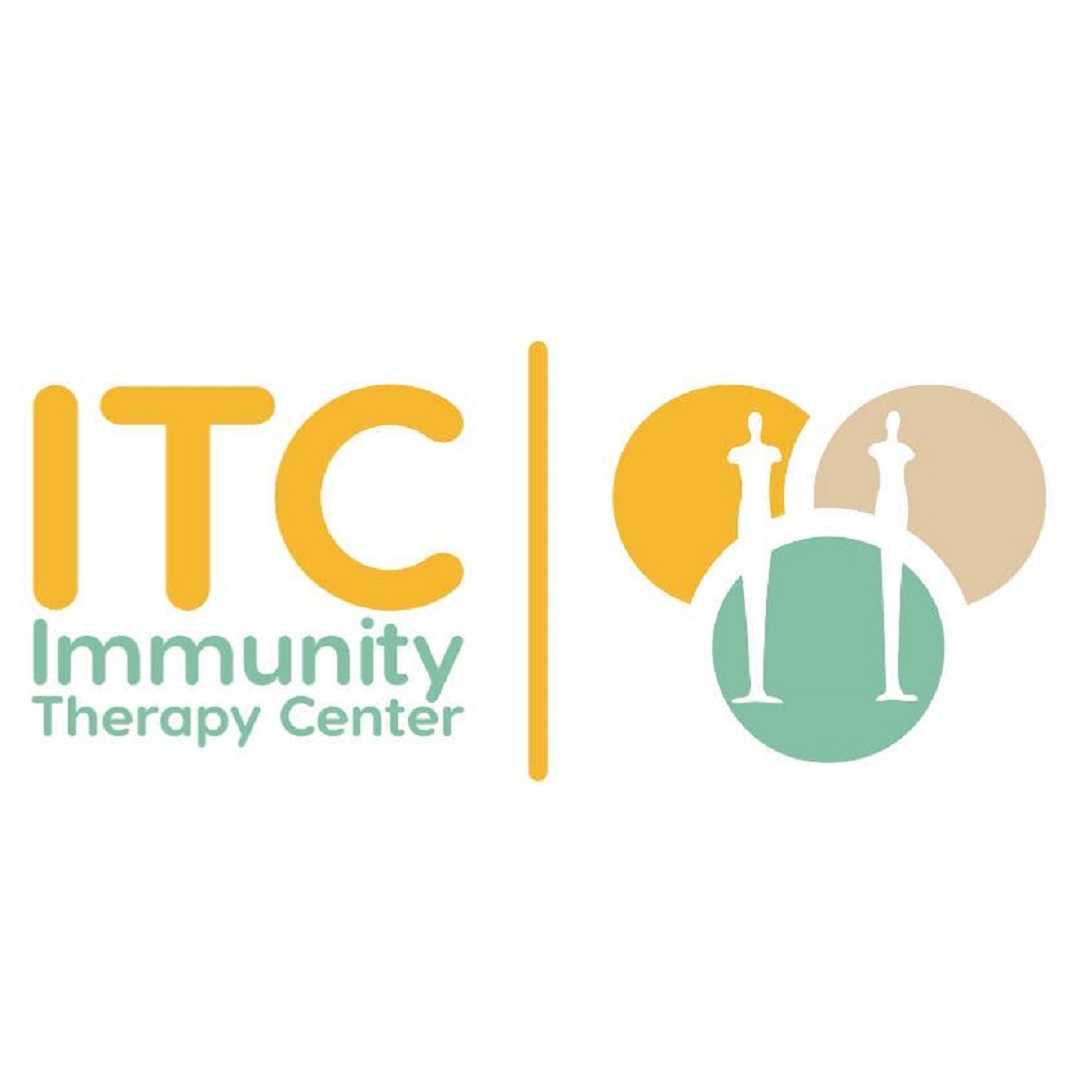
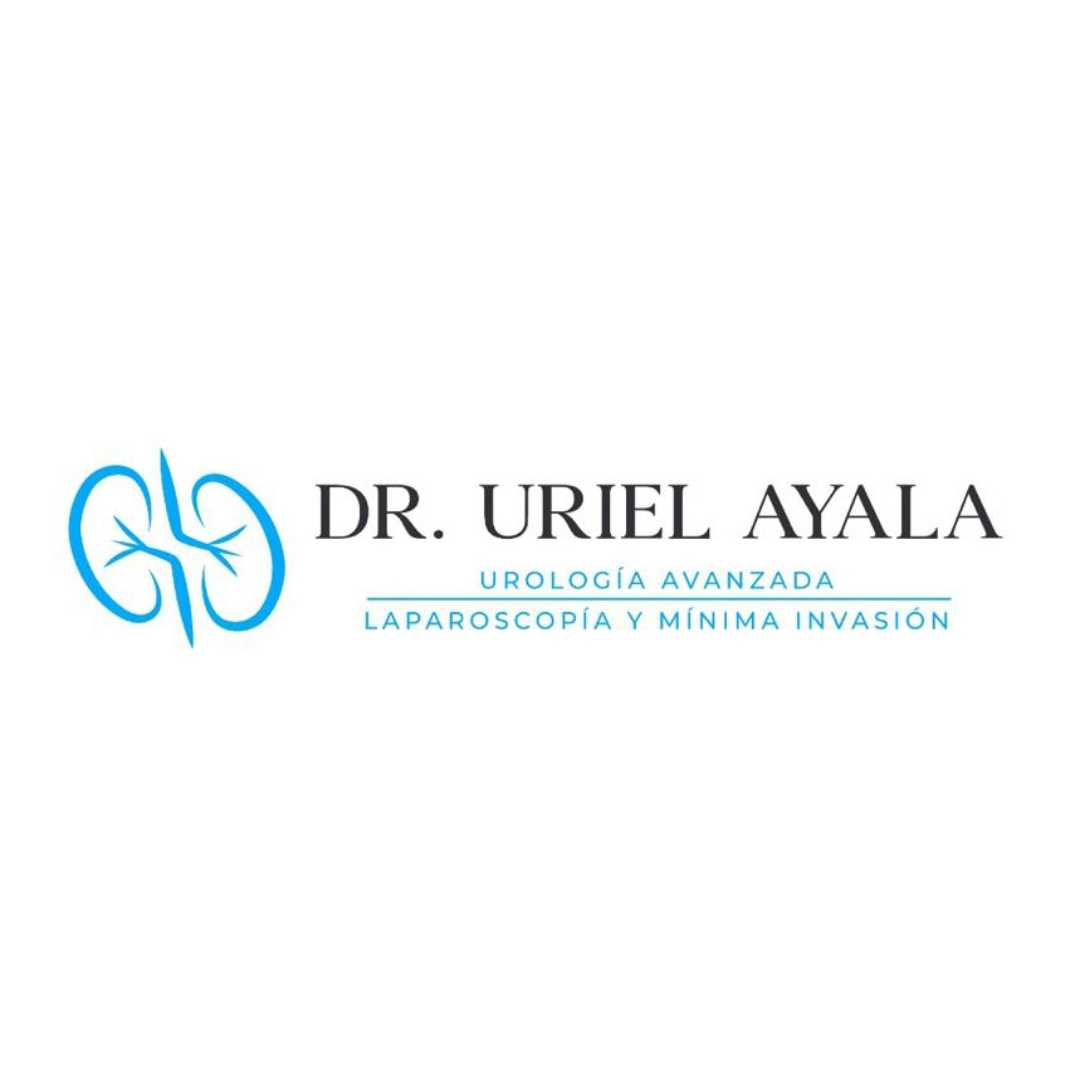

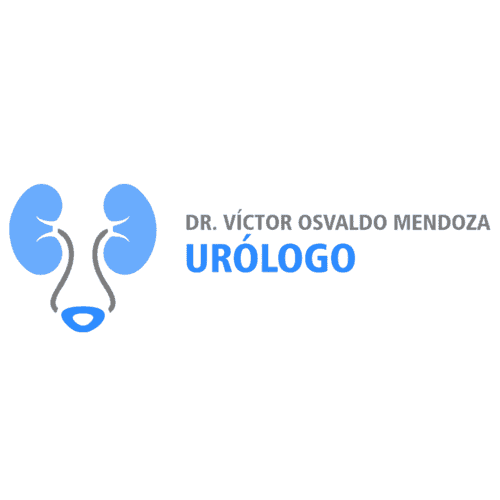


Share this listing